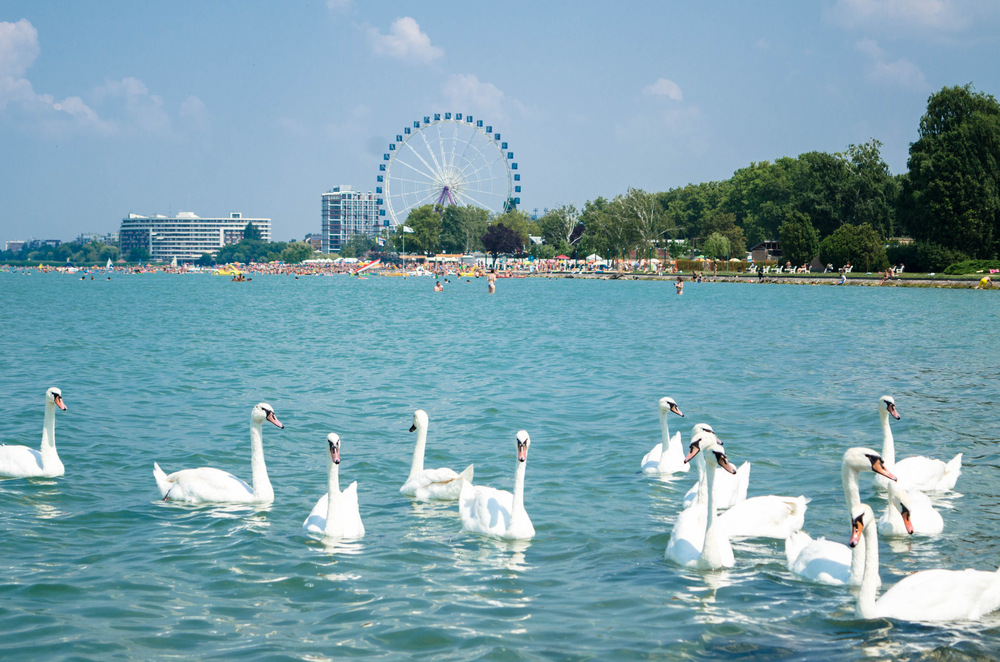Odd phenomenon: Hungary’s Lake Balaton has been getting saltier and saltier over the years

Soon enough, Lake Balaton will live up to its “Hungarian sea” nickname. A recent study reveals that rising salinity in Lake Balaton, driven by climate change and frequent negative water balances, is altering the lake’s ecosystem. Salinity levels have steadily increased since the mid-20th century. Urbanisation has also contributed to the trend, and if it continues, salinity could reach 1000 mg/l within 50 years, posing further risks to the lake’s biota.
Increasing salinity in Lake Balaton
As Blikk notes, a recent study has revealed increasing salinity in Lake Balaton, attributed to climate change and the lake’s frequent negative annual water balances, which have occurred nine times since the year 2000. This rise in salinity is having a significant impact on the lake’s ecosystem. The research, a collaboration between the HUN-REN Balaton Limnological Research Institute, the Western Transdanubia Water Directorate, and the General Directorate of Water Management, was published in the Hidrológiai Közlöny. It highlights a 130-year trend, showing stable salinity levels until the mid-20th century, followed by a continuous rise over the past 50 years.

No longer a freshwater lake?
Recent research highlights that Lake Balaton’s total ion concentrations have risen from 450 mg/l in the past to around 620-690 mg/l today, transforming it from a freshwater lake until the early 1980s to a fresh-saline transitional lake. This shift places it between lakes with low salinity, such as Lake St. Anne in Transylvania (10 mg/l), and high-salinity bodies like Lake Fertő (1500-2000 mg/l) and seas (around 35,000 mg/l). The study revealed that the main contributors to Lake Balaton’s salinisation are the increases in hydrogen carbonate, sulphate, and magnesium ions, rather than chloride ions, which is unlike typical salinisation trends in the Northern Hemisphere. Meanwhile, calcium levels remain stable due to limestone weathering and biogenic processes.
Urbanisation’s effect
Urbanisation is also playing a key role in the increasing chloride levels in Lake Balaton. Despite a decrease in frosty days and road salting, the rising concentration of chloride ions is largely attributed to urban development and treated wastewater. The built-up area around Lake Balaton has grown significantly, from 1.6% in 1927 to 6.0% today, contributing to the overall rise in salinity.
Climate change’s role
The rising salinity of Lake Balaton is closely linked to climate change, as the lake has experienced negative annual water balances nine times since the turn of the millennium. This means that evaporation has exceeded inflow and precipitation, increasing the water’s residence time and concentrating dissolved salts. While the impact of this salinity increase on the lake’s ecosystem has not been extensively studied, early research suggests that if this trend continues, the salinity could reach 1000 mg/l within 50 years, potentially causing significant changes to Lake Balaton’s biota.
Read also:
- Fishing in Hungary: A guide for foreigners, tourists, and expats
- Water disappears from Balaton: powerful winds shift the lake – PHOTO
Source:





